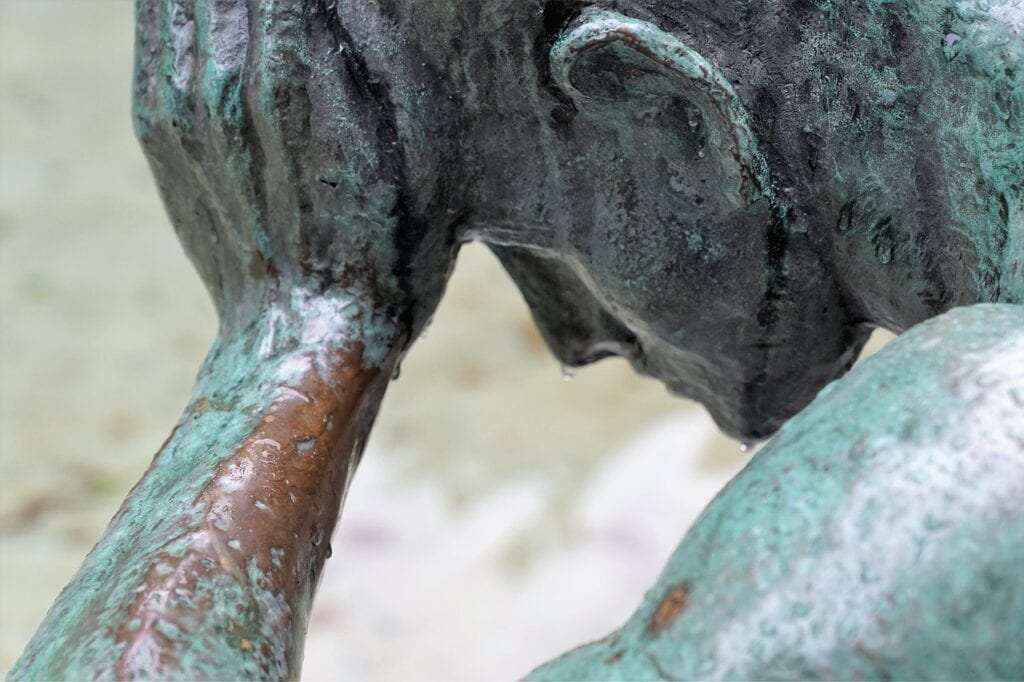By Jodee Redmond from In The Cloud Copy
When a patient identified as Ms. B in a case history complained of headaches starting at the back of her head and pain radiating behind her eyes, the 33-year-old was initially diagnosed with migraines. She said the headaches were something that had previously occurred occasionally over the past 15 years. She also had a history of hypertension (high blood pressure).
Severe Headaches Led to Patient Seeing Doctor
Ms. B sought medical attention when the headaches became severe and started occurring daily. She said the headaches felt like a constant pressure and that her head felt fuzzy. Ms. B also told her doctor that she had been experiencing the following symptoms:
- Chronic pain in her neck and shoulder
- Chronic pain in her upper and lower back
- Fatigue
She also said she was experiencing:
- Difficulty focusing her eyes
- Dizziness
- Memory issues
- Numbness and tingling in her hands
- Trouble concentrating
The headache symptoms became severe enough that they were preventing her from participating in yoga. They were also exacerbated when the patient coughed, laughed, or bent over.
Previous Treatments Unsuccessful in Providing Relief
The patient had previously been treated with NSAIDs (ibuprofen and aspirin), acetaminophen (Tylenol), and steroids. She had also been treated with tramadol (a pain medication used for moderate to severe pain) and triptans, a class of medications generally used to treat migraines. None of these approaches had provided any relief. Ms. B’s blood pressure is being controlled with medication.
Physical Exam, Testing, and Diagnosis
Ms. B’s physical exam was considered unremarkable, except for a slight unsteadiness when she walked. She also had a slight reduction in her range of motion in her neck when asked to move from left to right. Her gag reflex was slightly reduced; when asked to stick out her tongue it drifted slightly to the right.
These signs, and Ms. B’s history of headaches, indicated that she had a spinal cord compression. An MRI (magnetic resonance imaging) of her neck and cervical spine area was ordered to confirm this. The MRI results found an abnormality at the base of Ms. B’s skull. She was diagnosed with Chiari malformation I.
What is Chiari Malformation?
A Chiari malformation (key-AR-ee mal-for-MAY-shun) occurs when the cerebellum, which is the part of the brain responsible for balance and muscle movement, pushes through the hole in the bottom of the skull. Normally, only the spinal cord passes through this opening.
The condition occurs when the space for the cerebellum is either smaller than usual or is unusually shaped. It may be congenital or develop as the result of an infection, trauma, or another medical issue.
Symptoms of a Chiari malformation include:
- Balance issues
- Changes in bathroom habits (bowel or bladder)
- Difficulty swallowing
- Dizziness
- Headaches, especially after coughing, sneezing, or straining
- Hoarseness when speaking
- Neck pain
- Numbness and/or tingling in the extremities (hands and feet)
- Poor coordination with the hands
- Vision problems
Treatment for Chiari Malformation
In many instances, the recommended treatment for Chiari malformation is decompression surgery. During the procedure, bone at the back of the skull is removed. The hole at the base of the skull through which the spinal cord passes (foramen magnum) is expanded. A patch is put in place to expand this space, relieve the compression, and restore the flow of spinal fluid.
Patient Outcome for Ms. B
The patient, Ms. B, decided to undergo surgery and the operation was a success. At her six-week follow-up visit, she told her doctor that she was no longer enduring the severe headaches. Ms. B was not experiencing numbness or tingling in her hands, blurred vision, or dizziness. Her blood pressure was lower, and she said she felt, “lighter and clearer.”
Learn more about this case study here.






